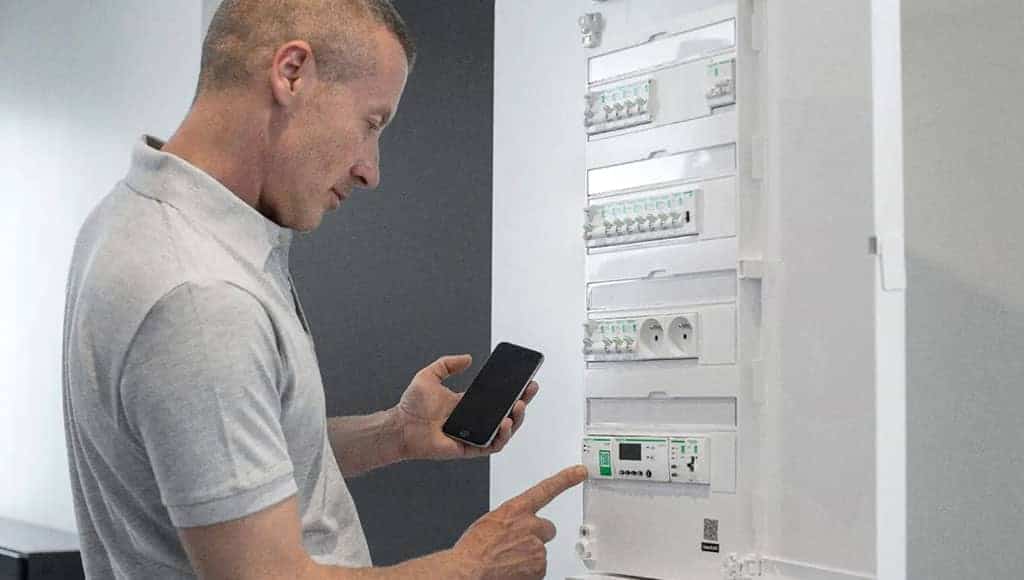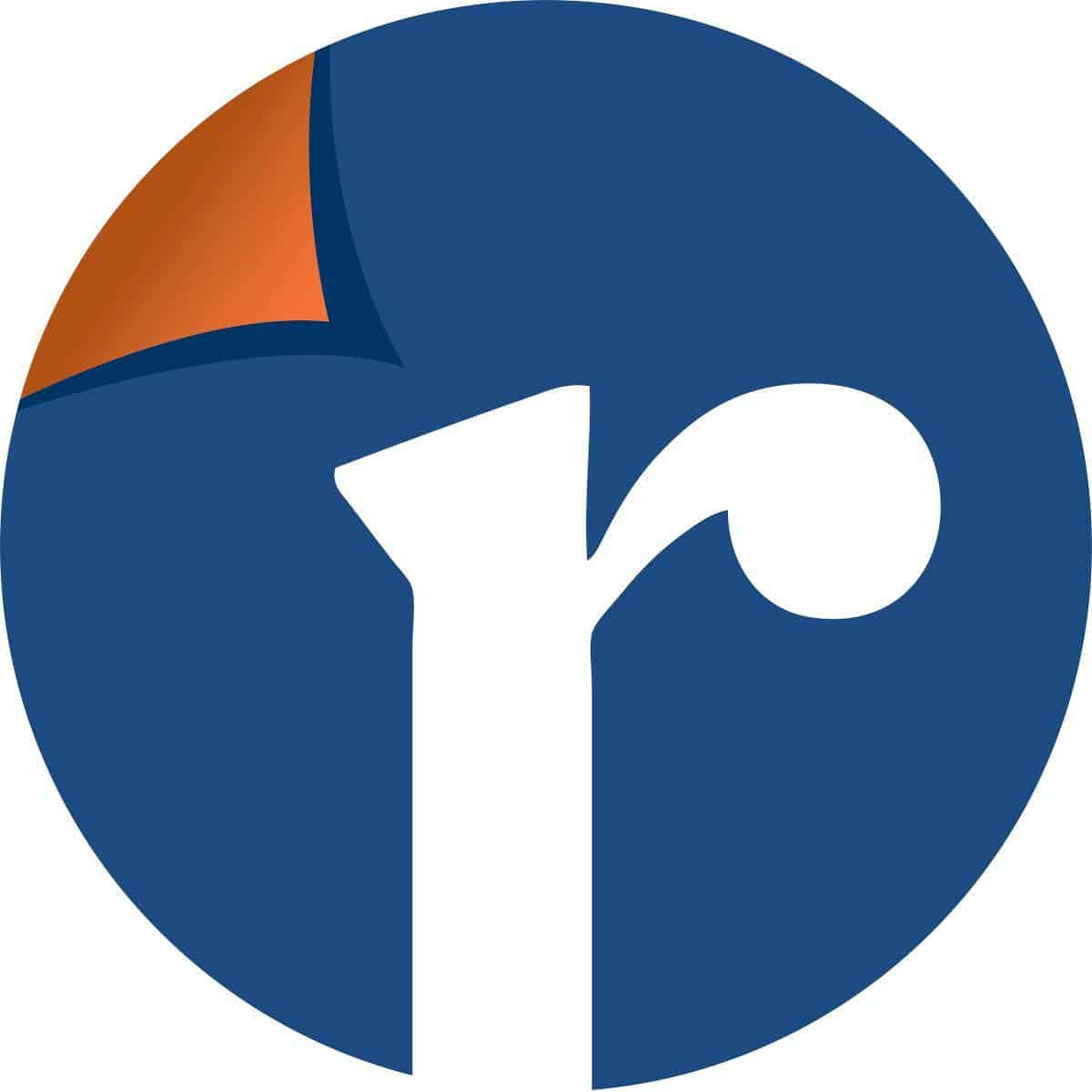When deciding on the electrical installation system for a home in Portugal, homeowners often face the dilemma of choosing between a single-phase and a three-phase system. Both systems have unique features that can significantly impact the selection of the photovoltaic system.
A single-phase system uses only one phase to transmit electrical energy and consists of two lines: a phase (often indicated by L or F) and a neutral (N). This system is mainly used in smaller to medium-sized homes and powers household appliances, lighting, and standard electronic equipment.
Due to its simplicity and fewer components, installation costs are generally lower. However, its power supply capacity is limited, making it ideal for homes with moderate electricity consumption, typically up to 10.45kVA. Thus, the maximum current demand for such a system is around 30 amperes. After consuming energy, for example, with a basic air conditioner using approximately 10 amperes, there is limited capacity remaining for other devices.
In contrast, a three-phase system is less common in residential settings but employs three alternating current phases, providing a more balanced and efficient energy distribution. This system consists of three lines: Phase A, Phase B, and Phase C, along with a neutral (N) and occasionally an earth (T). It is typically used in industries and larger establishments.
A three-phase system is more suitable for larger homes or those with specific energy requirements such as centralized electric heating or high-capacity air conditioning. It ensures a balanced energy distribution, leading to enhanced energy utilization and reduced wastage.
Moreover, it can deliver significantly more power than its single-phase counterpart, catering to homes with high electricity consumption or specific energy needs.
In a three-phase electrical system, the balance among its phases is crucial for optimal performance. Ensuring that the three phases – Phase A, Phase B, and Phase C – are evenly balanced prevents potential overloads on any single phase.
This balance facilitates efficient energy distribution. When the phases in a three-phase electrical system are not balanced, it can lead to an uneven distribution of load among the phases. This imbalance is a common occurrence in many homes and can be particularly problematic when choosing a photovoltaic system.
Even a slight imbalance where one of the phases is not functioning correctly can result in significant energy losses. An imbalanced phase can lead to overloading one of the phases while underutilizing the others, which is inefficient and can cause premature wear on equipment.
Furthermore, an imbalance in the phases can lead to voltage fluctuations, affecting the performance of electrical devices and reducing the overall system efficiency. Therefore, maintaining a proper balance between the phases is essential to ensure efficient and safe operation of the three-phase electrical system and to prevent potential losses in a photovoltaic installation.
When choosing between single-phase and three-phase systems for photovoltaic installations, the decision is not only based on energy conversion efficiency but also distribution characteristics and the existing electrical setup in the residence.
In single-phase photovoltaic systems, all the energy generated by the solar panels goes through a single phase, which is then distributed and used by the residence’s electrical equipment. Installing single-phase systems is typically simpler and more cost-effective, making them suitable for smaller residential installations.

The maximum power capacity of single-phase inverters in Portugal generally ranges between 3kW and 8kW, depending on the manufacturer and model.
In contrast, in three-phase photovoltaic systems, the energy from the solar panels is evenly distributed across all three phases of the electrical system. This uniform distribution of the load results in efficient energy utilization. The maximum power capacity of three-phase inverters in Portugal can reach up to 50kW or more, making them perfect for extensive installations.
It is essential to note that choosing between single-phase and three-phase systems does not automatically imply greater energy “wastage”. Photovoltaic system losses depend on various factors, including inverter efficiency, component quality, electrical installation configuration, and system operating conditions. Both systems can achieve comparable efficiency levels when installed and sized appropriately.
For many homes in Portugal, a single-phase system suffices, effectively meeting electricity consumption requirements economically. However, in scenarios involving larger homes with notably high energy demands or a need for balanced energy distribution, the three-phase system might be a viable alternative.
When determining the most suitable system for your domestic or photovoltaic electrical installation, consulting with a certified professional is imperative. They can provide tailored guidance, factor in all relevant considerations, and ensure a safe, efficient, and low-loss installation.
Isa Conceição is the CEO of Soren – Renewable Energy Solutions, based in Almancil. She assists individual customers and small businesses seeking renewable energy solutions across Portugal. +351 910 030 423 | info@soren.pt | www.soren.pt




















